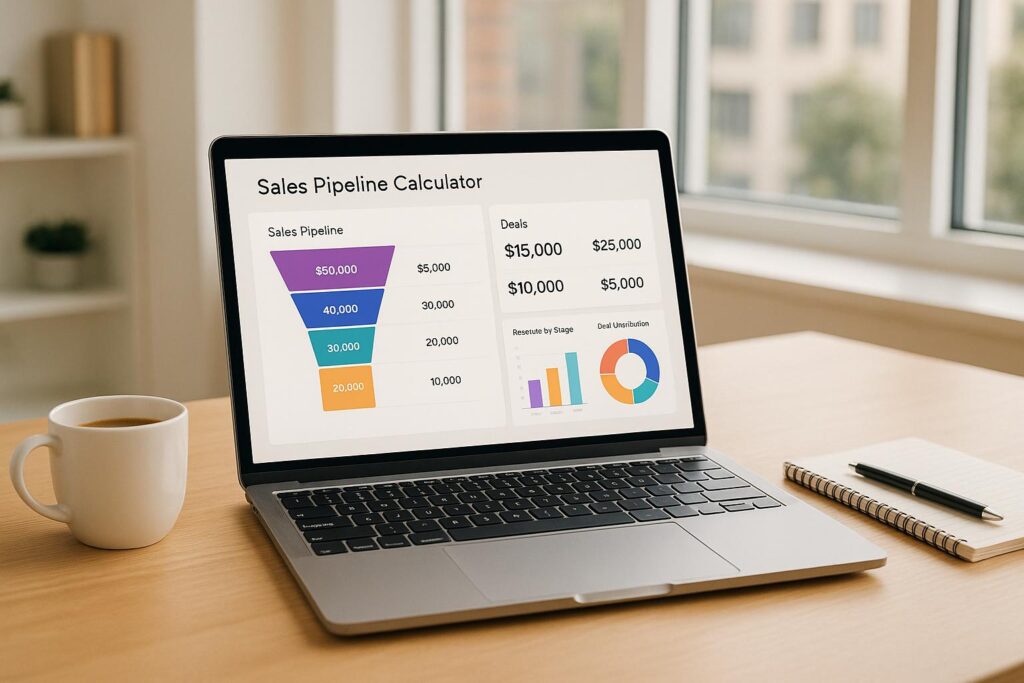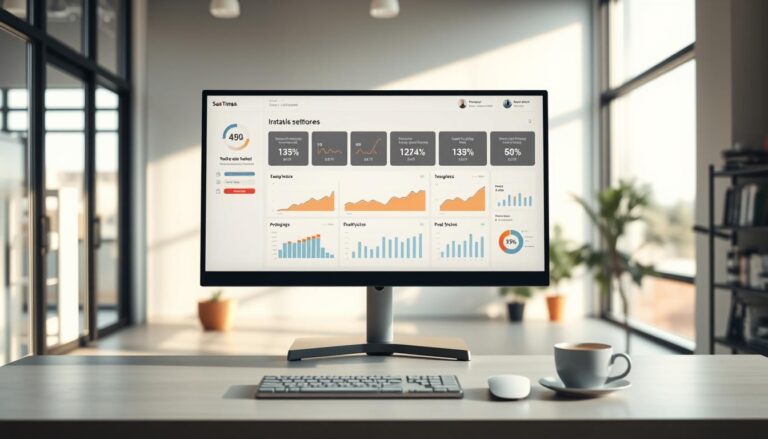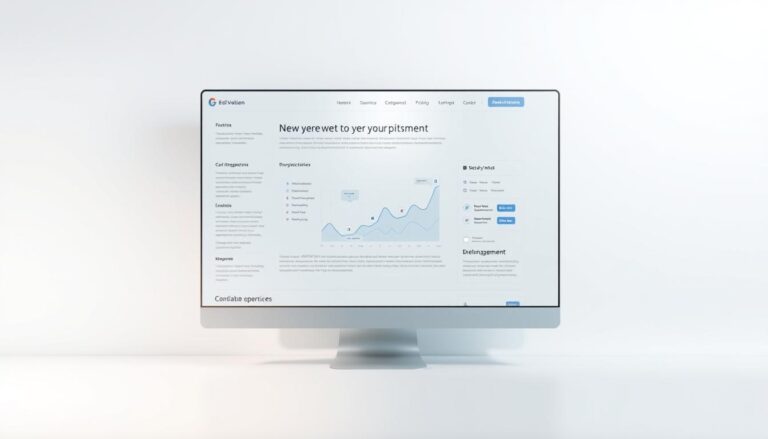Unlock Your Sales Potential with a Pipeline Calculator
If you’re in sales, you know the importance of understanding your pipeline’s health. A tool like a sales pipeline estimator can transform how you approach your goals by providing clarity on potential earnings and deal timelines. Whether you’re a solo rep or managing a team, having a quick way to analyze leads and revenue is invaluable.
Why Pipeline Analysis Matters
Sales isn’t just about closing deals—it’s about knowing which opportunities are worth your time. By inputting basic metrics like lead count, average deal value, and conversion rates, you can instantly see where your efforts might pay off. This kind of insight helps prioritize high-value prospects and keeps your focus sharp. Plus, understanding the average time to close deals lets you plan better, ensuring you’re not caught off guard by long cycles.
A Tool for Every Sales Pro
Beyond raw numbers, a revenue projection calculator builds confidence. You can walk into meetings with data-backed estimates, pitch with precision, and set realistic targets. It’s not about overcomplicating things; it’s about working smarter. Try this free web-based solution today and take the guesswork out of your sales strategy.
FAQs
What metrics do I need to use this Sales Pipeline Calculator?
You’ll need four key numbers: the total number of leads in your pipeline, the average deal size in dollars, your conversion rate as a percentage (what portion of leads typically close), and the average sales cycle length in days. If you’re unsure about exact figures, use your best estimate—historical data from your CRM can help refine these over time. The tool ensures inputs are valid, so you won’t accidentally enter negative numbers or crazy percentages.
How accurate are the revenue projections from this tool?
The projections are as accurate as the data you provide. This calculator uses straightforward math—multiplying leads by deal size for potential revenue, then factoring in conversion rate for expected revenue. It’s not a crystal ball, but it gives a solid baseline for pipeline health. For best results, update your inputs regularly as deals progress or historical data shifts.
Can this tool help with sales forecasting for my team?
Absolutely, it’s a great starting point for team forecasting. Use it to get a quick snapshot of pipeline value and timing, which can inform quotas or resource allocation. While it’s designed for individual analysis, you can run multiple scenarios with different data sets to compare outcomes across reps or territories. It’s simple enough for daily use but insightful enough to spark strategic discussions.



